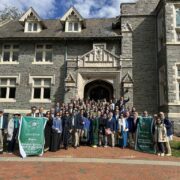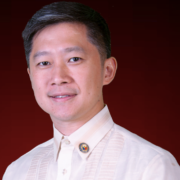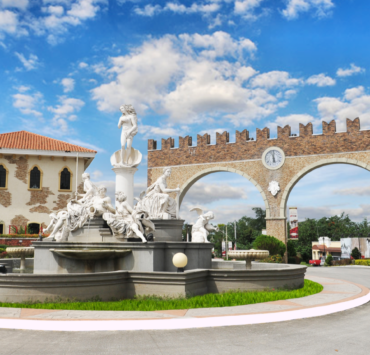Revisiting Aro Soriano’s visual riddles
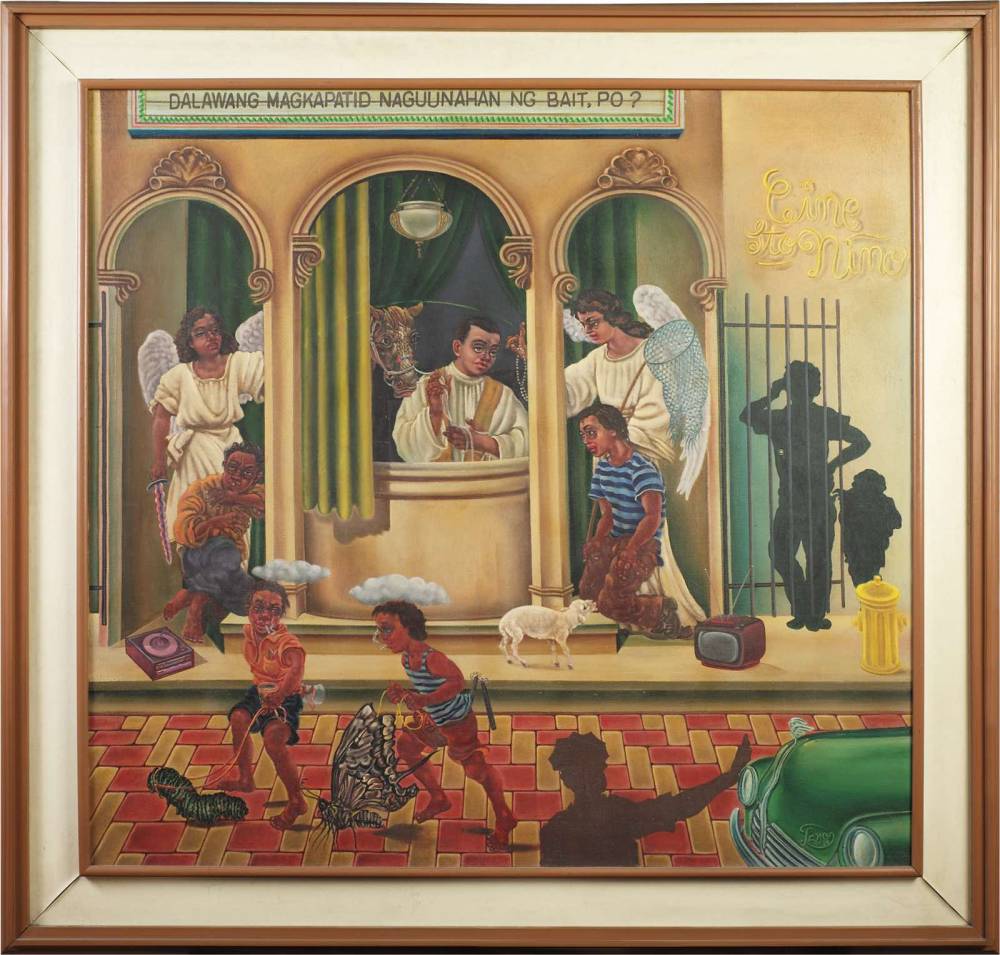
There are different ways to showcase the Filipino spirit and its beauty through art.
For Lazaro “Aro” Salamat Soriano, it involves highlighting the playfulness and vibrant scenes of our rich folklore and literature.
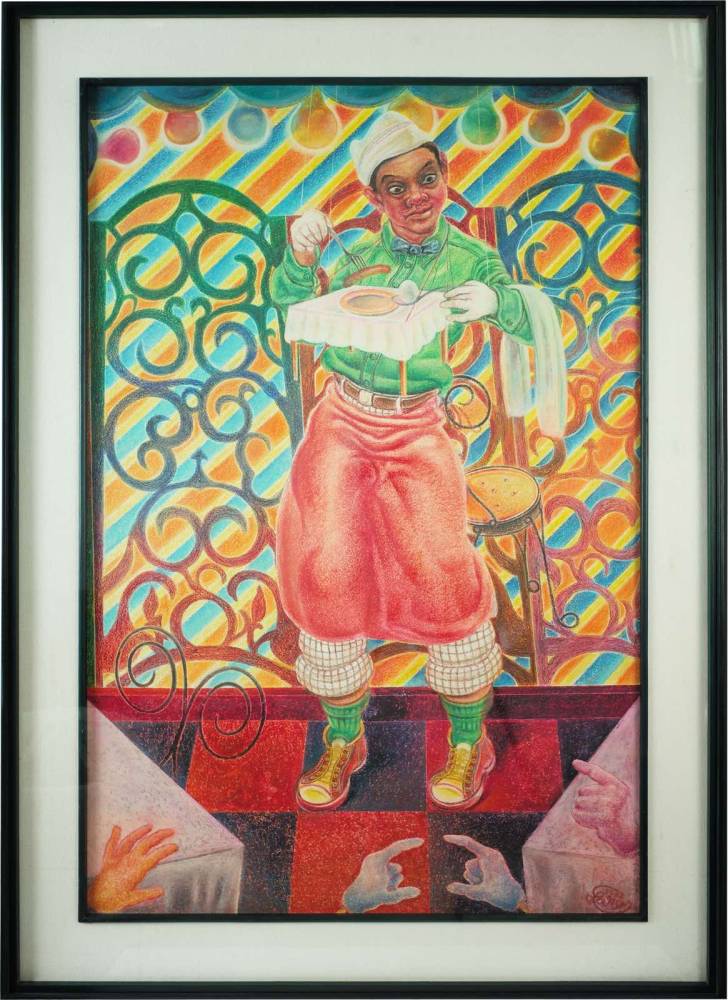
Significant figure
Soriano, a distinguished painter, sculptor, and art restorer, emerged as a significant figure in the Philippine art scene. He embarked on his artistic journey at the University of Santo Tomas before venturing to Europe at age 20, seeking to refine his craft.
Soriano’s studies at the renowned Instituto de Cultura Hispánica in Spain spanned over a decade, culminating in his return to the Philippines, where he would leave an indelible mark on the art landscape.
In pursuing artistic expression, Aro diverged from conventional approaches, cultivating a style characterized by whimsy, stylization, and exaggeration.
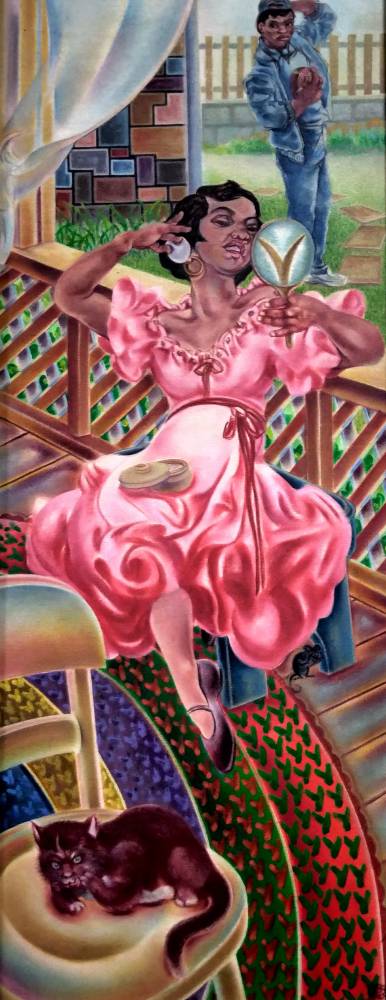
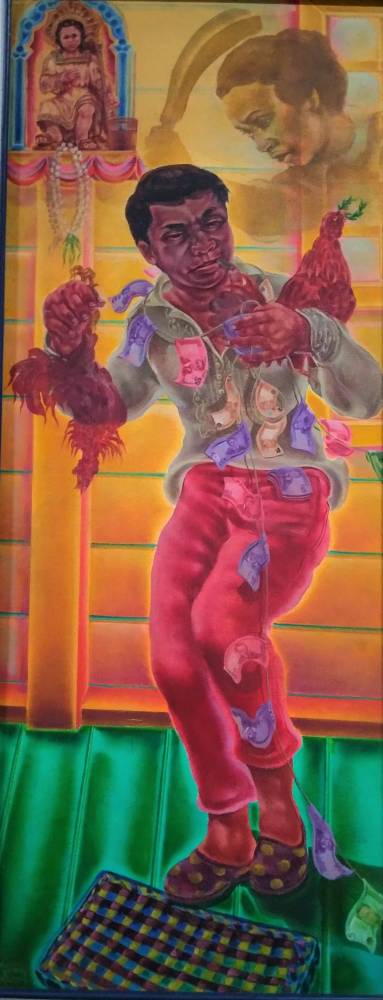
Deeply rooted in his heritage, he revisited and celebrated Philippine cultural traditions, including folk songs, riddles, and Salawikain—
expressions of traditional wisdom that resonated deeply with him. This exploration allowed Soriano to integrate these themes into his works, distinguishing him as a pivotal figure among Filipino artists.
His innovative fusion of literature and visual art garnered significant recognition, most notably with the esteemed CCP Thirteen Artists Awards in 1992.
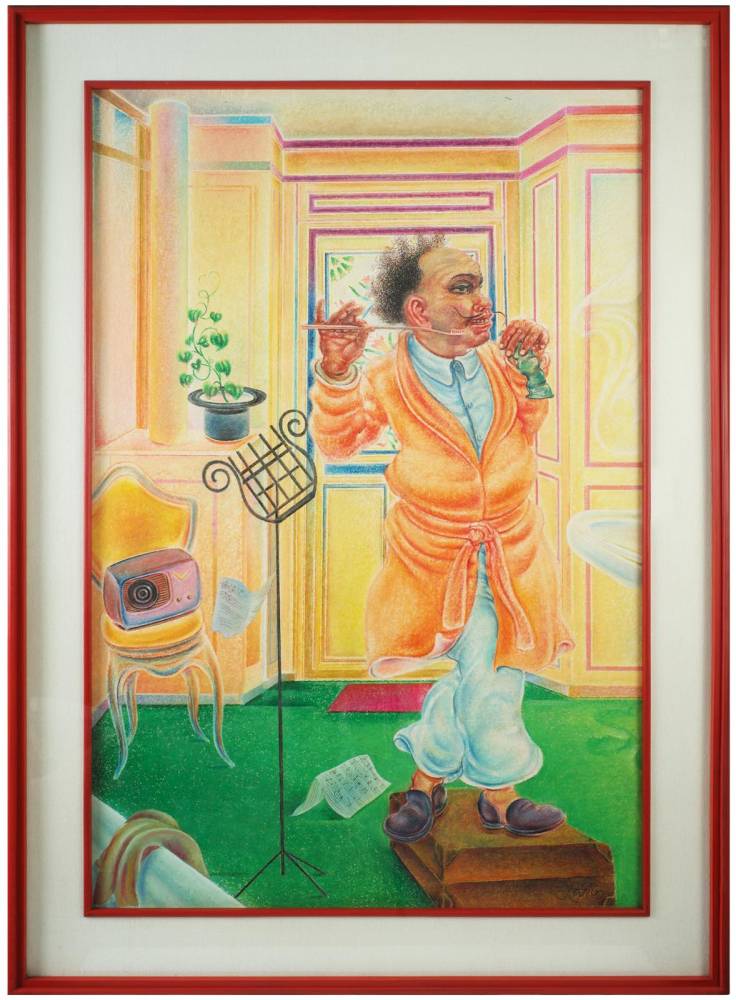
Profound truths, insights
Soriano’s paintings are not merely visual creations; they are boosting interplays of words, riddles, songs, and poetry. Whimsical in nature, these artworks often conceal profound truths and insights, inviting viewers to engage in a playful dialogue.
His inaugural exhibit with Gallery Genesis in 1987 showcased paintings inspired by folk songs, where he not only rendered these melodies in oil on canvas but also revitalized their social and cultural relevance—bridging the gap between urban audiences and indigenous traditions.
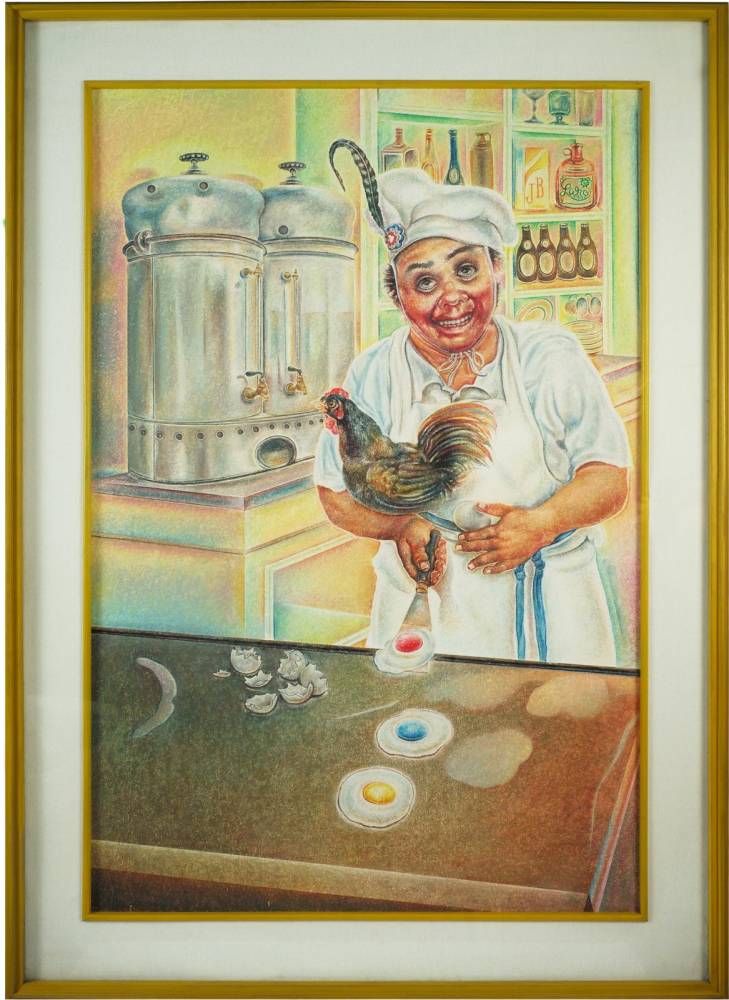
‘Riddle paintings’
In 1989, Soriano further brought to life the essence of Philippine folklore with his exhibit on Bugtong, or riddle paintings. This body of work cleverly invited viewers into an implicit conversation, encouraging them to draw connections and engage with the art in unexpected ways.
Looking into the future, Gallery Genesis is excited to reintroduce the works of Soriano in 2025, featuring a selection of his most celebrated pieces from the Genesis Vault. This exhibition promises to honor Aro’s legacy and celebrate his contributions to the rich tapestry of Philippine art.
Join us in rediscovering the truths behind the beautifully crafted riddles of Soriano. The exhibit “Palaro ni Aro” opens this Saturday, February 15, at Gallery Genesis at the 2nd Floor, North Wing of Estancia Mall in Capitol Commons, Pasig City.

